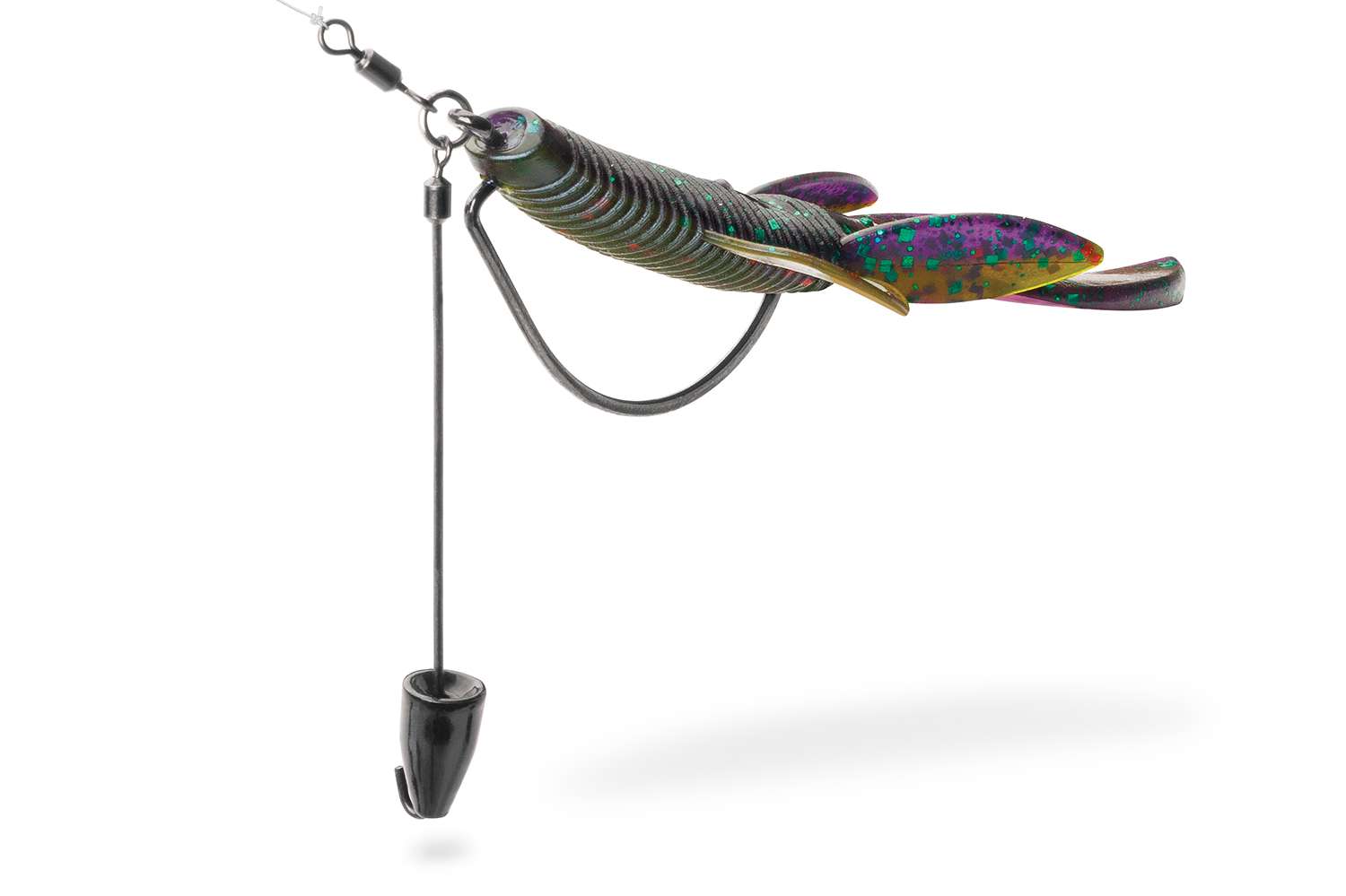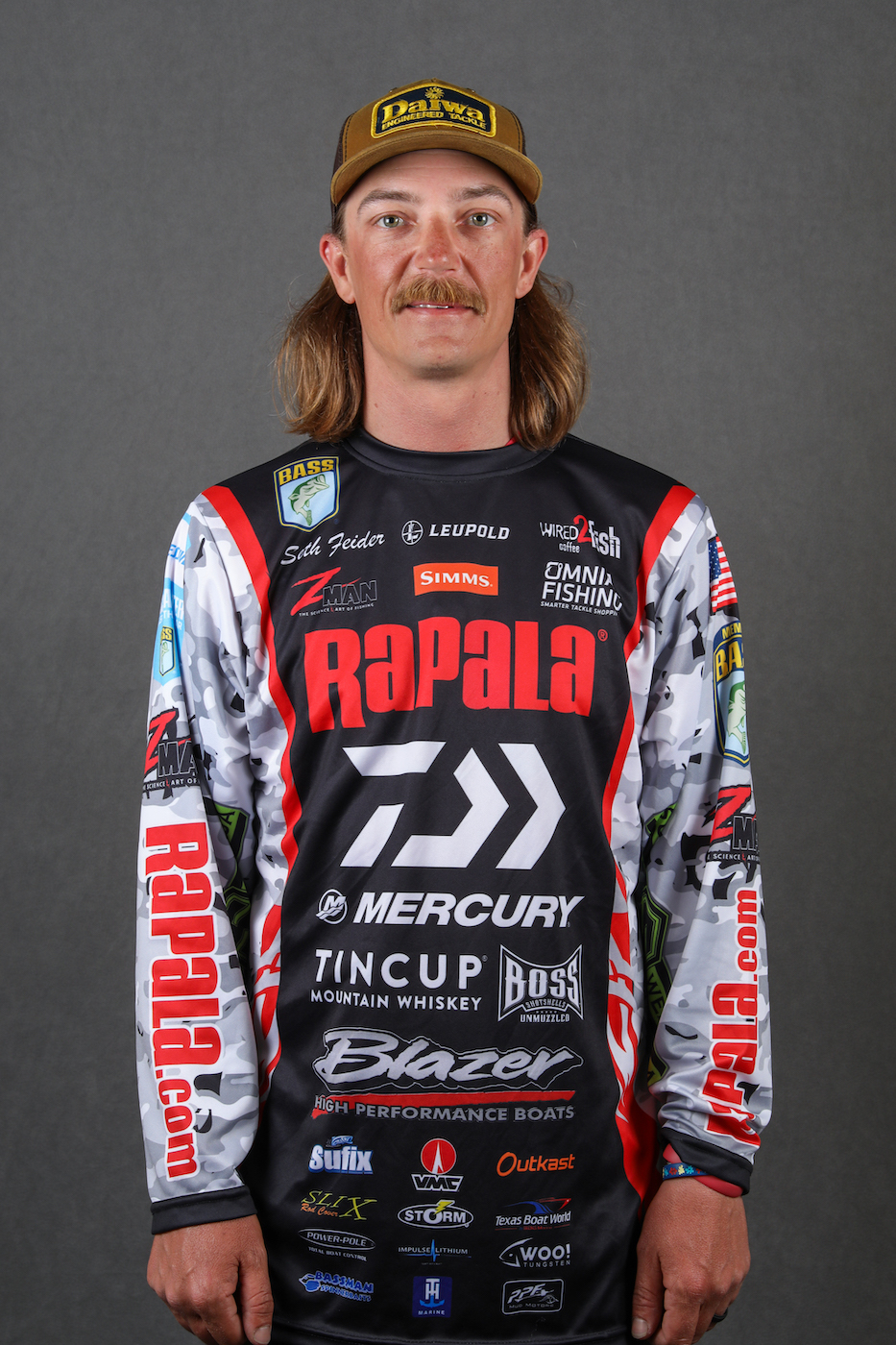
Because I am fortunate enough to fish for a living I’ve had incredible opportunities to see a wide variety of places and fisheries over the past few years. Before I hang it up, though, I really want to visit Japan. I love sushi, and I love fishing tackle. My plan is to go over there with just a big empty suitcase and one change of underwear and buy a ton of lures that we can’t find in the U.S.
Until that happens, I’ll have to be satisfied with various tackle imports. Of course, my rod and reel sponsor Daiwa is based over there, but they’ve had a substantial U.S. presence for a long time. While we live in the birthplace of bass fishing, I recognize that many of our best techniques come from Japan. One of the latest is the Tokyo rig.
The Tokyo rig takes a conventional rolling swivel, adds a wide gap hook to it, and then also extends a wire out from it. Some come with a weight already on that wire and the end bent to keep it from coming off, but the one I use from VMC comes without a weight. You add your own and then bend the bottom to keep it in place. I like that better because it’s infinitely customizable. I’ll put a BioSpawn VileCraw on the back of it, almost always green pumpkin because we flip a lot of clear water.
You might not think that this setup would be any more effective than a Texas Rig or a jig or a drop shot, but I assure you that there are times when it’s dominant. I fish a lot of team tournaments here in Minnesota, and my partner and I stand shoulder-to-shoulder on the front deck. Historically we’ve matched bites one for one, but once I switched to the Tokyo Rig I really put it on him. The mismatch in the number of bites was insane. Now we both have it on the deck virtually every time we go out, and we consistently catch fish behind other anglers working the same schools.
You can fish a wide variety of cover with the Tokyo rig, but it’s at its best in submerged milfoil. The grass starts growing on the bottom and may come up to the surface, but the first foot or so off the bottom is where most of the fish live. It’s all stem at that point. The grass doesn’t start to leaf out until it’s a bit off the floor. You can flip or punch that Tokyo Rig in there and just sit there and shake it. You don’t have to stroke it or yo-yo it because that will take it out of the strike zone.
While you may fish it in the same areas as a Texas rig or a jig, the bite is a lot different, and you’ll need to get used to it. When I first started experimenting with the Tokyo rig I felt like I was getting bites, but then I’d set the hook and there was nothing there. I suspect it was the wire hitting a blade of grass or some other cover. They don’t crush it like they do with a jig – it’s more of a pressure bite. Once you dial that in, the hooking and landing percentages are through the roof.
One other nice thing about this technique is that you don’t need specialized gear to fish it. I use a 7-foot Daiwa Tatula Elite baitcasting rod paired with a high-speed (8.1:1) Tatula SV reel. I spool it up with 30-pound Sufix braided line with a leader of 20-pound Sufix fluorocarbon. That’s what works best for me, but you probably have something in your rod locker that will do the trick without spending a whole bunch more money.
I’ve already had some success on tour and around home with this versatile presentation, and I’ve circled the Cayuga Elite Series event on my calendar. I expect it to be a major player there and it won’t be far from my reach during many other tournaments.

